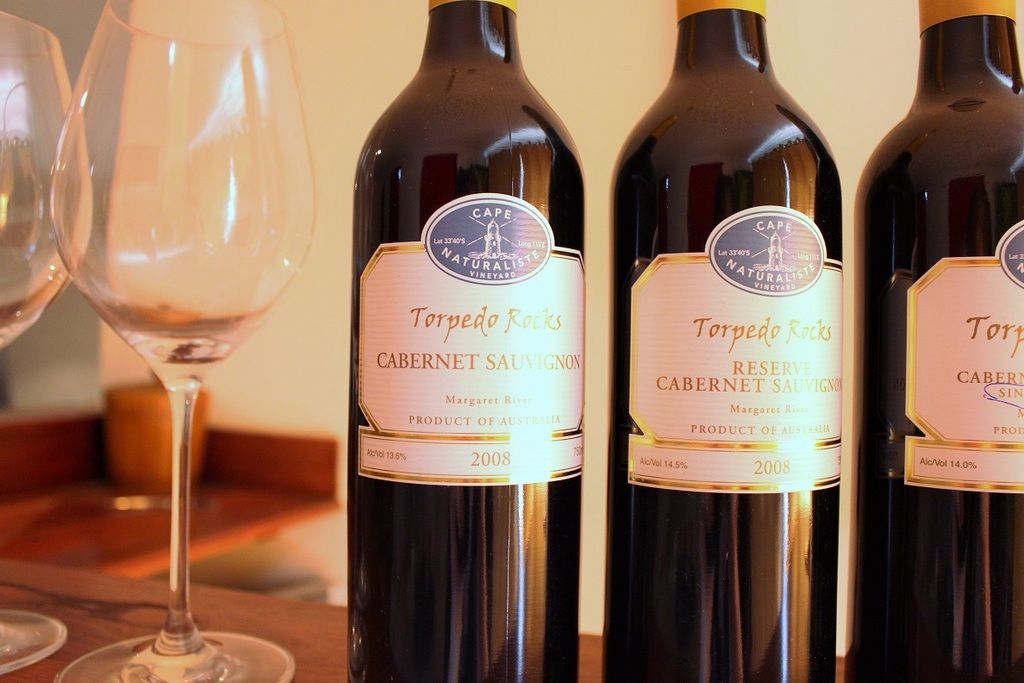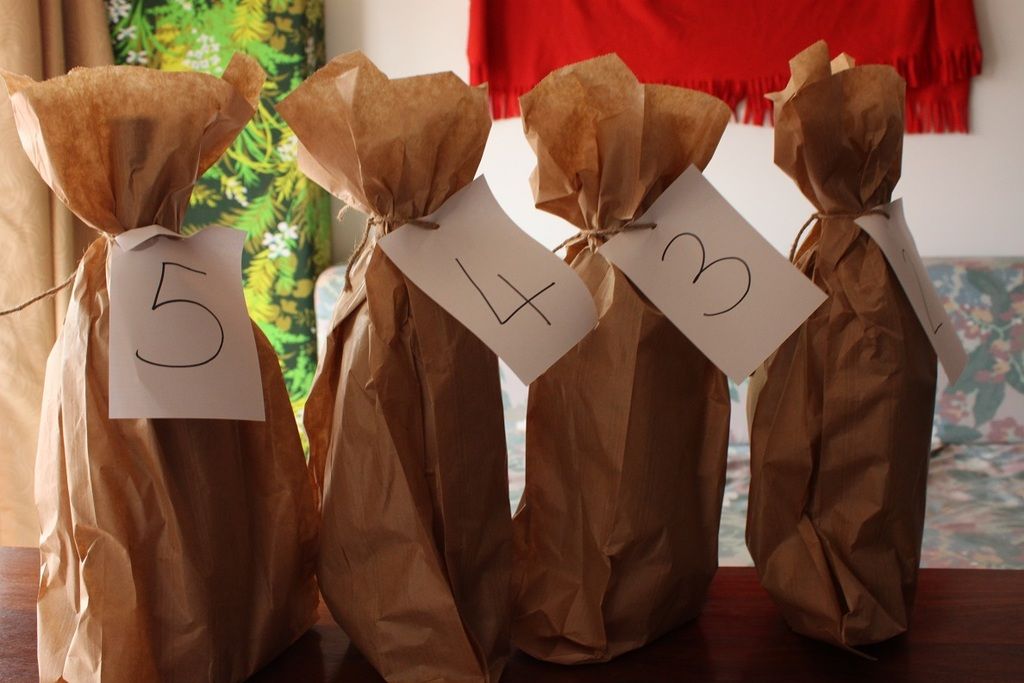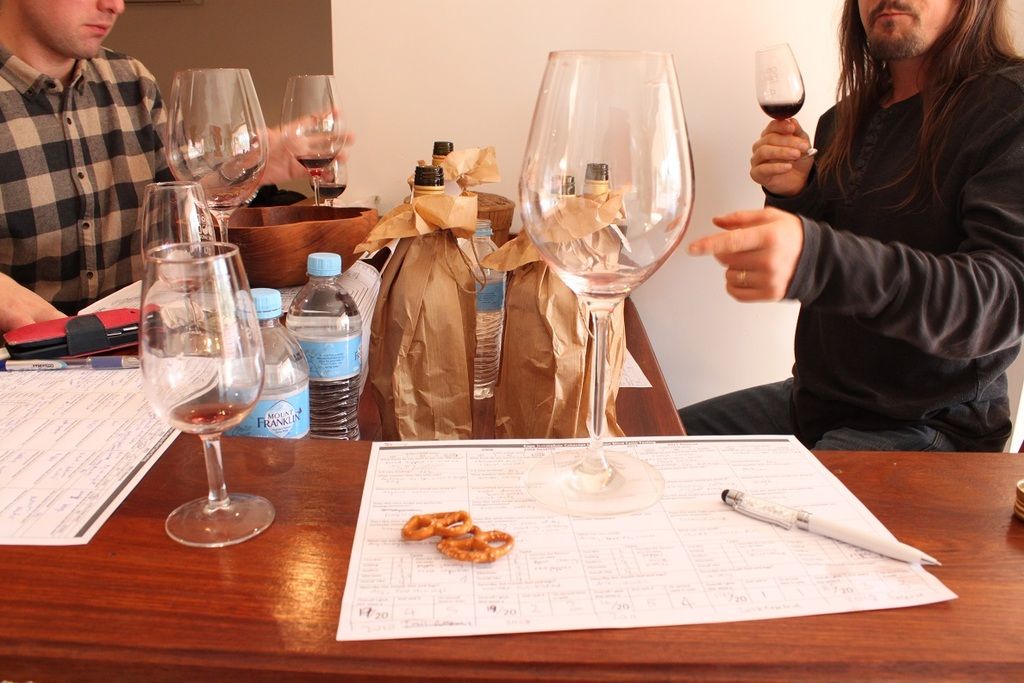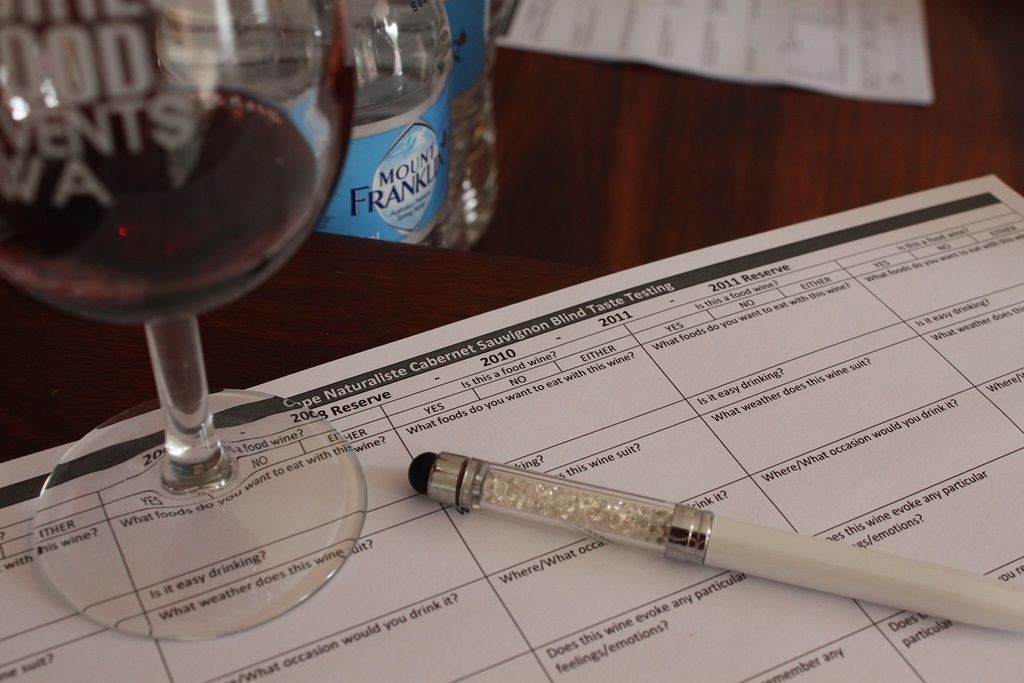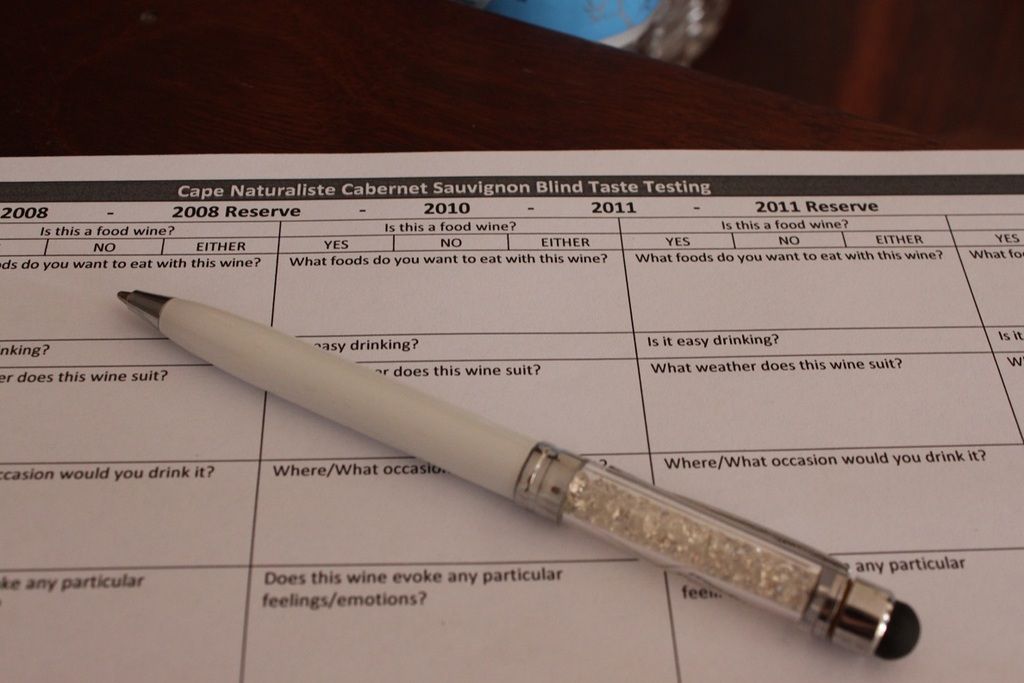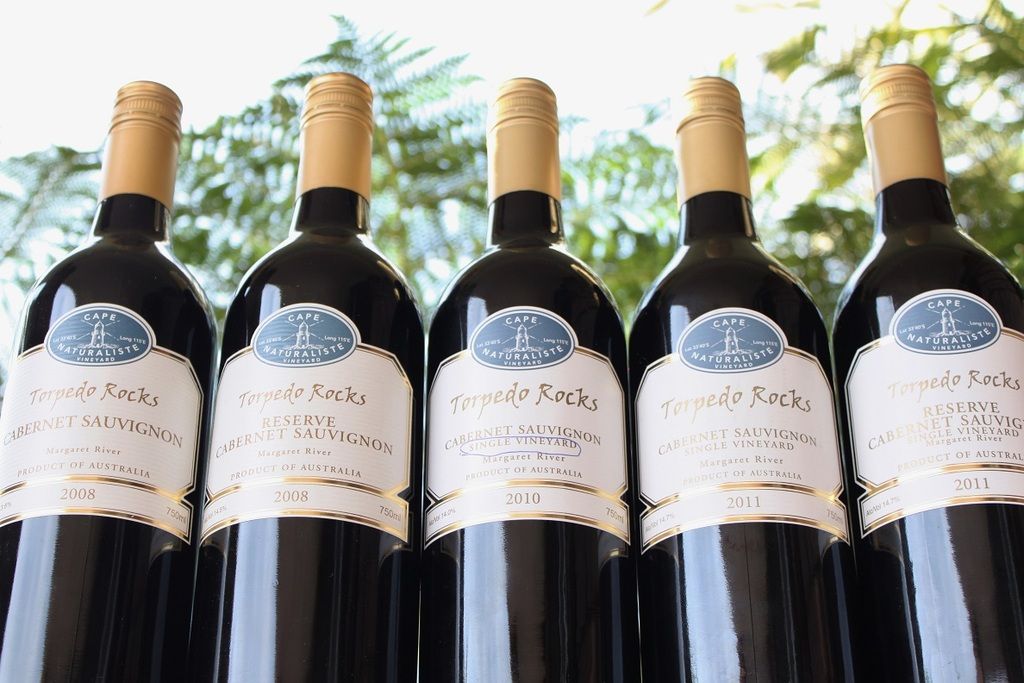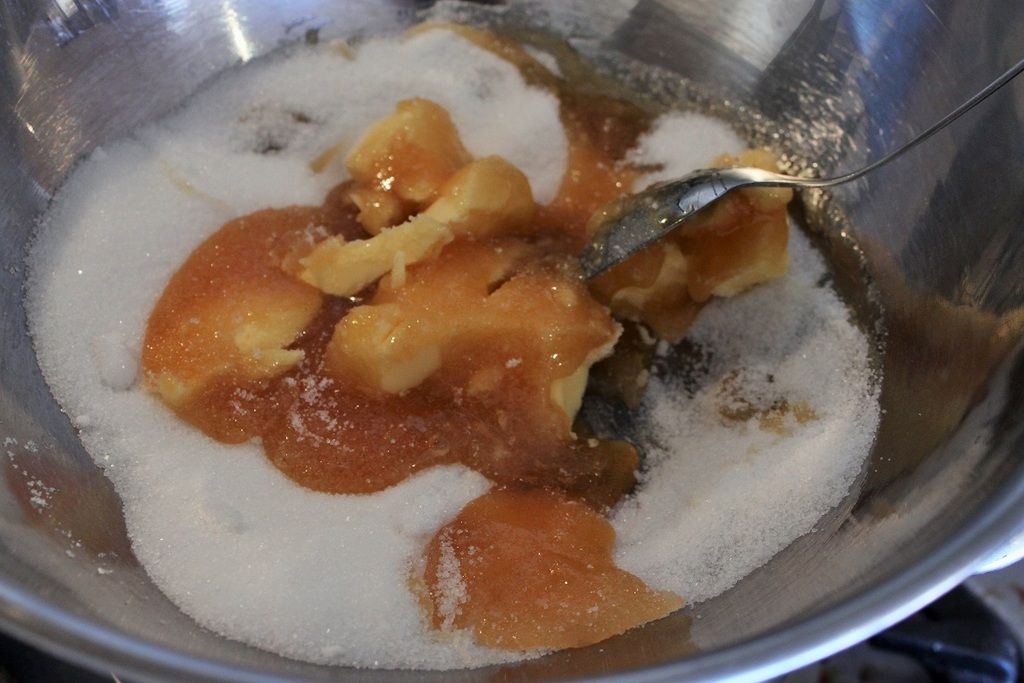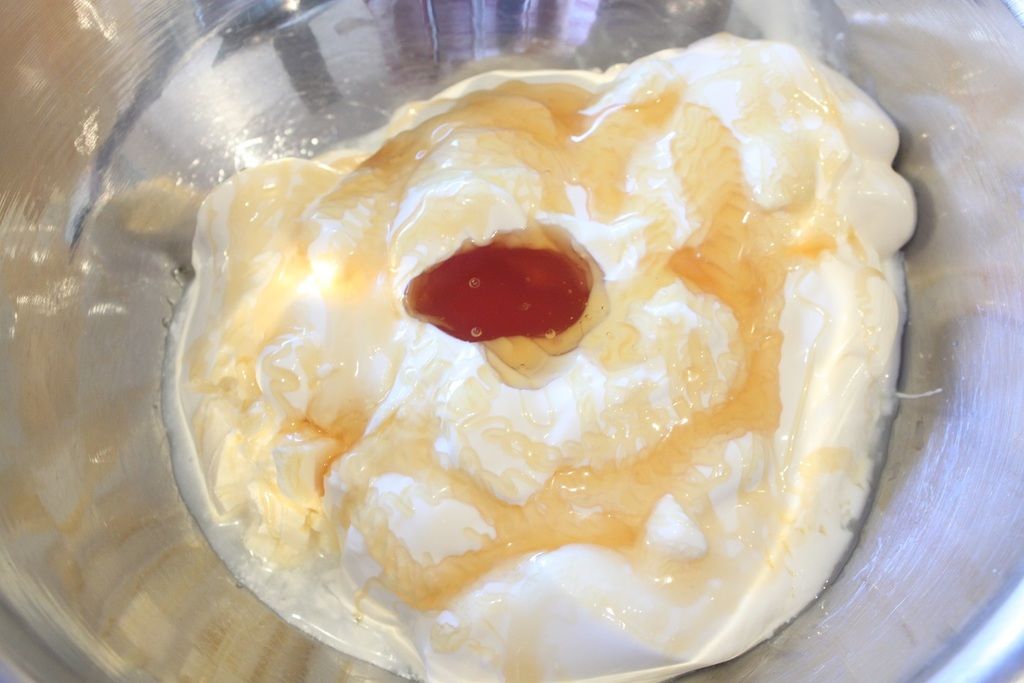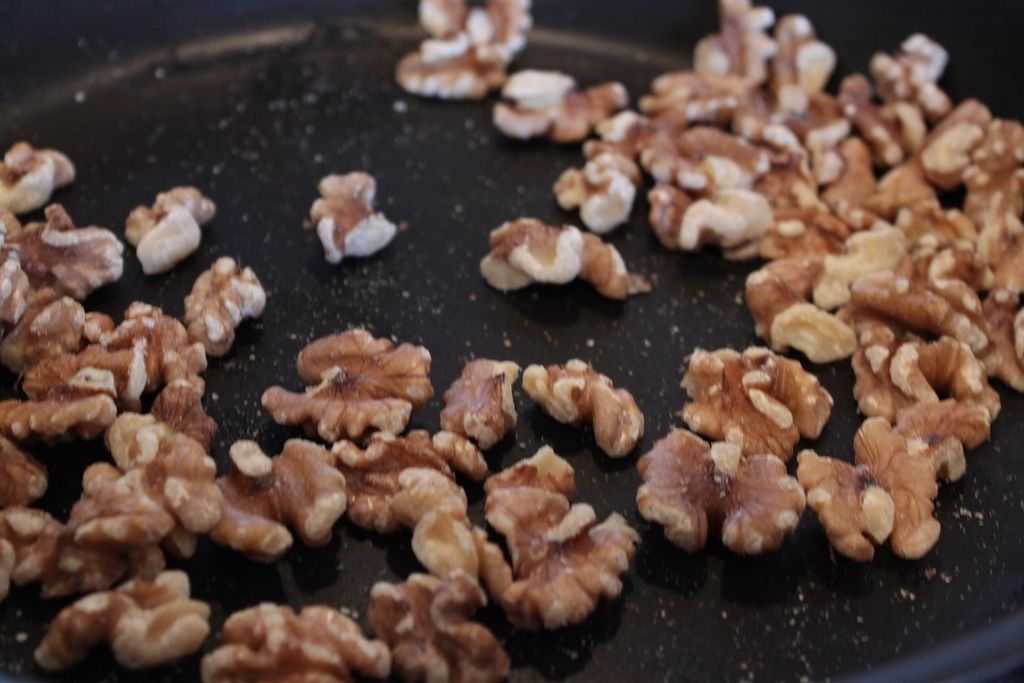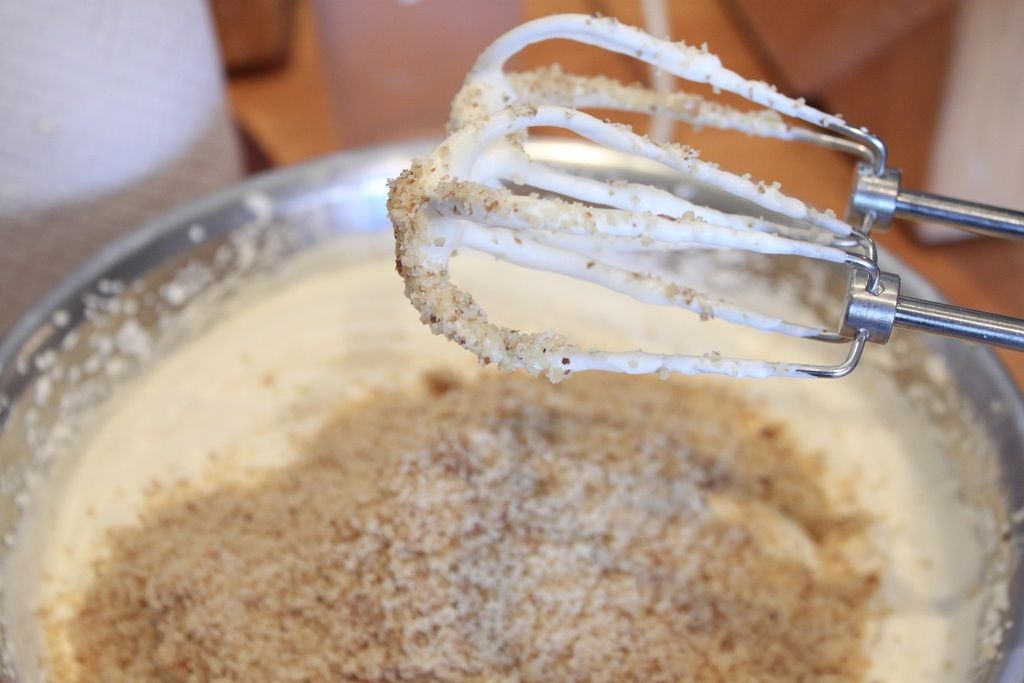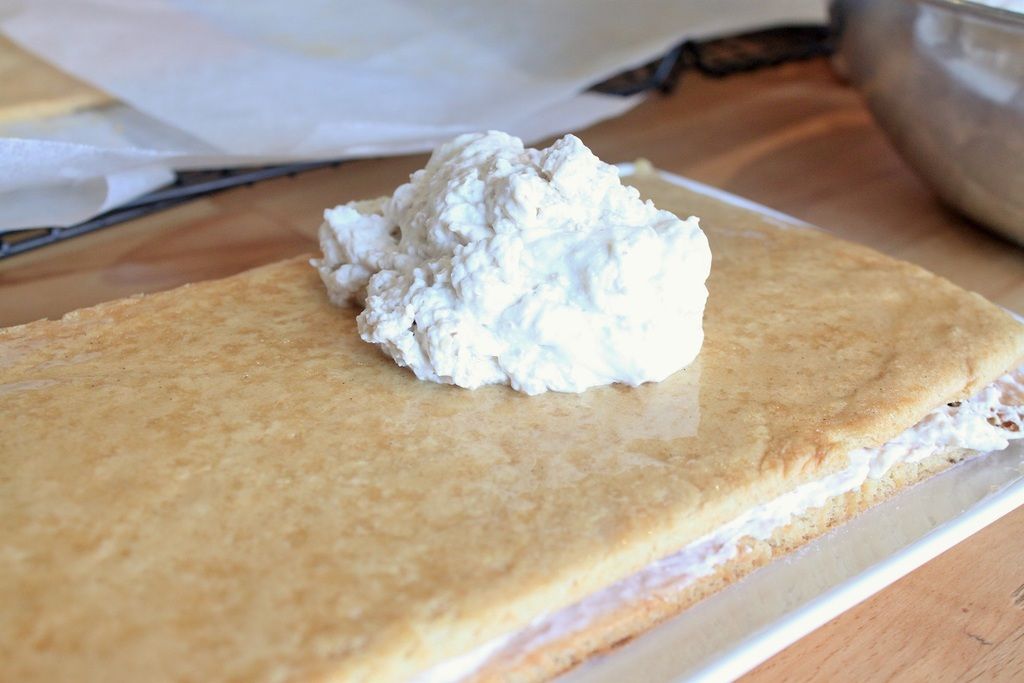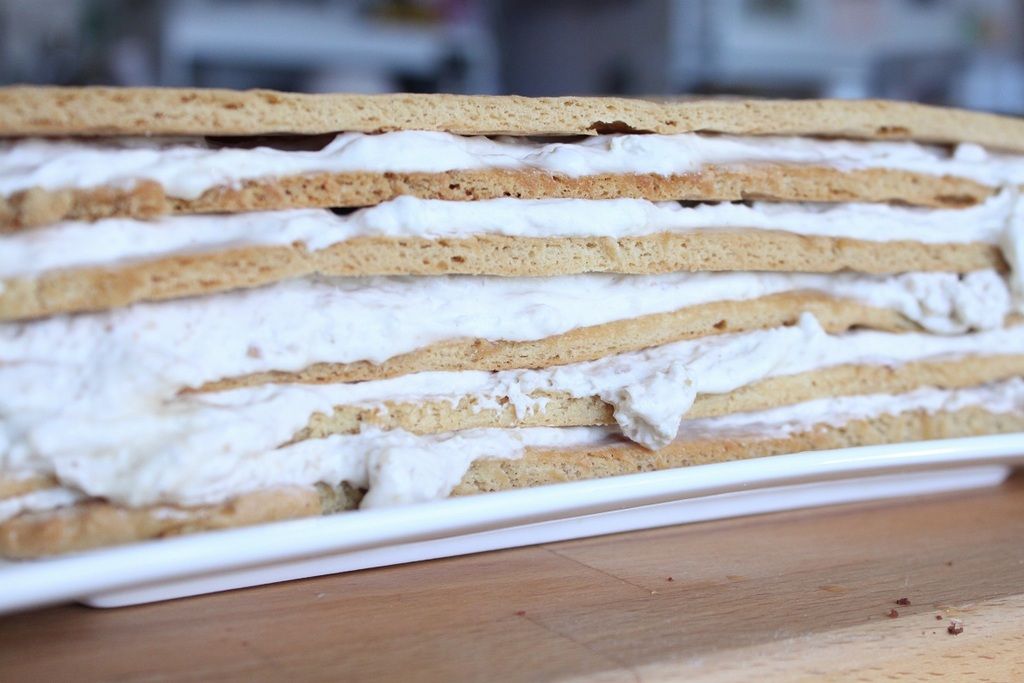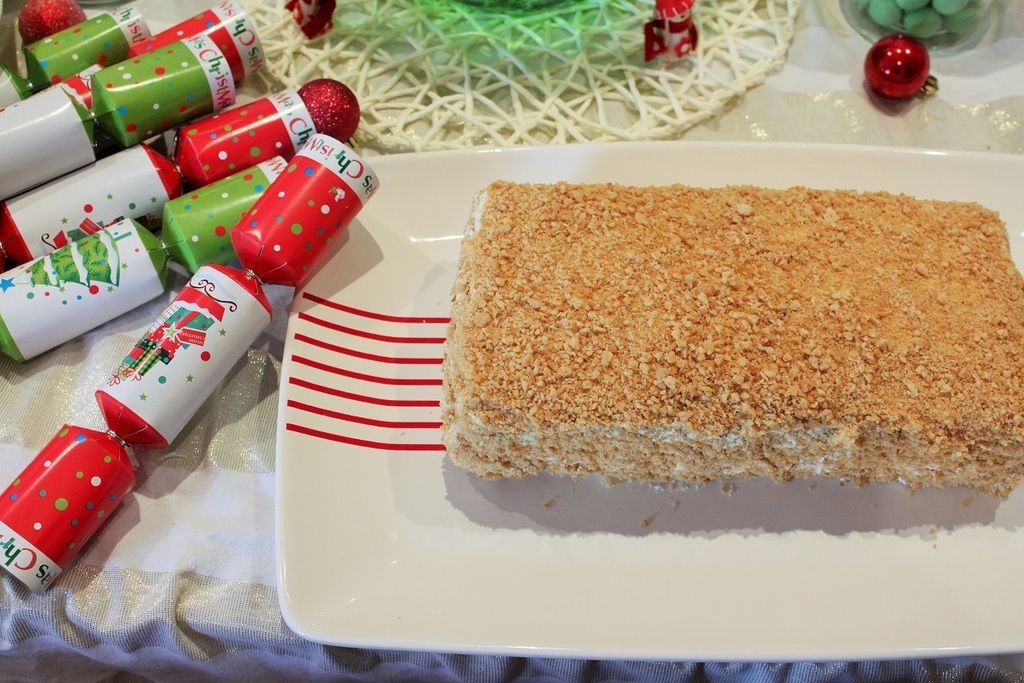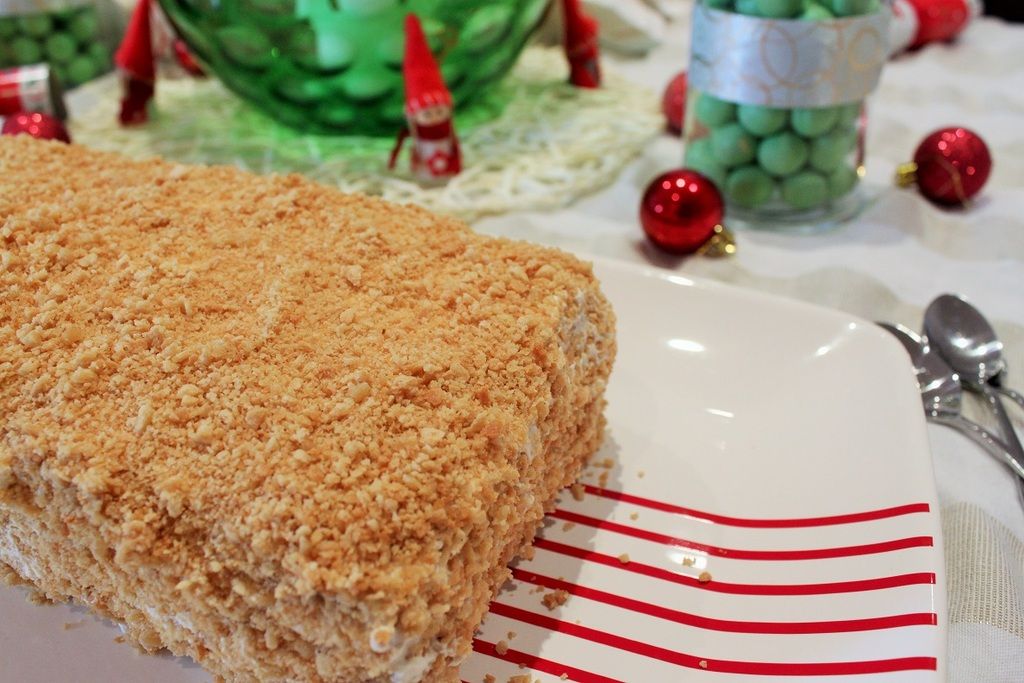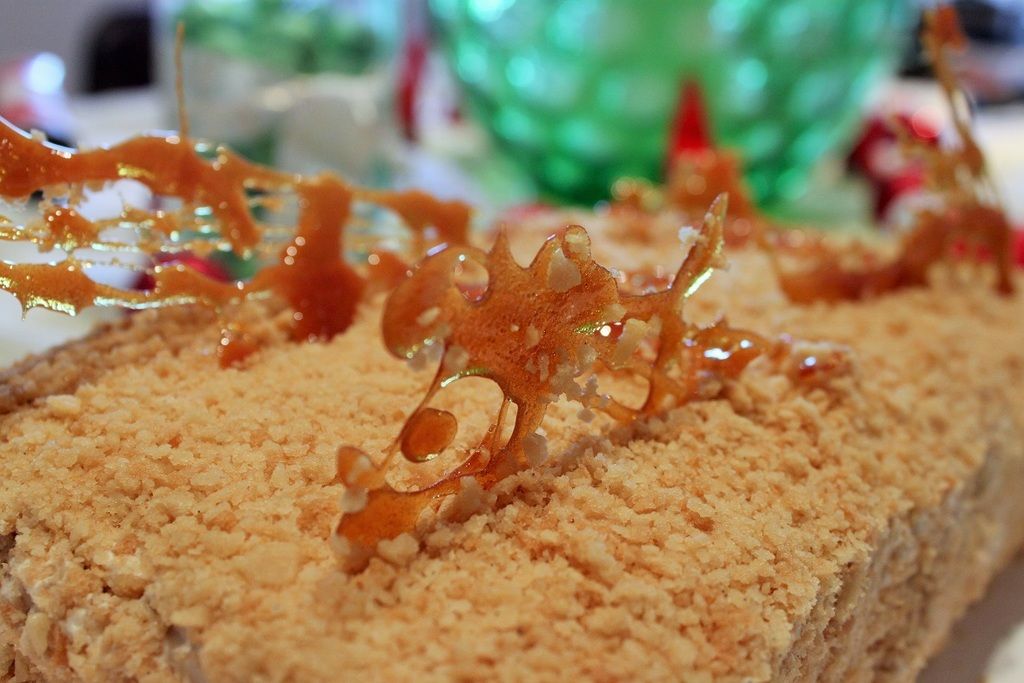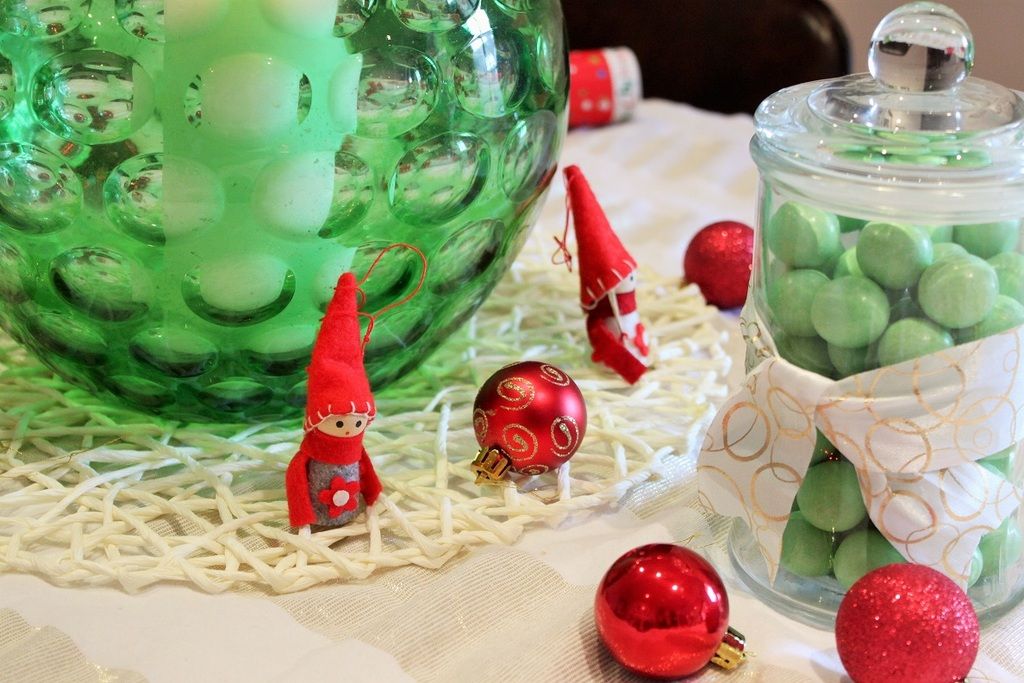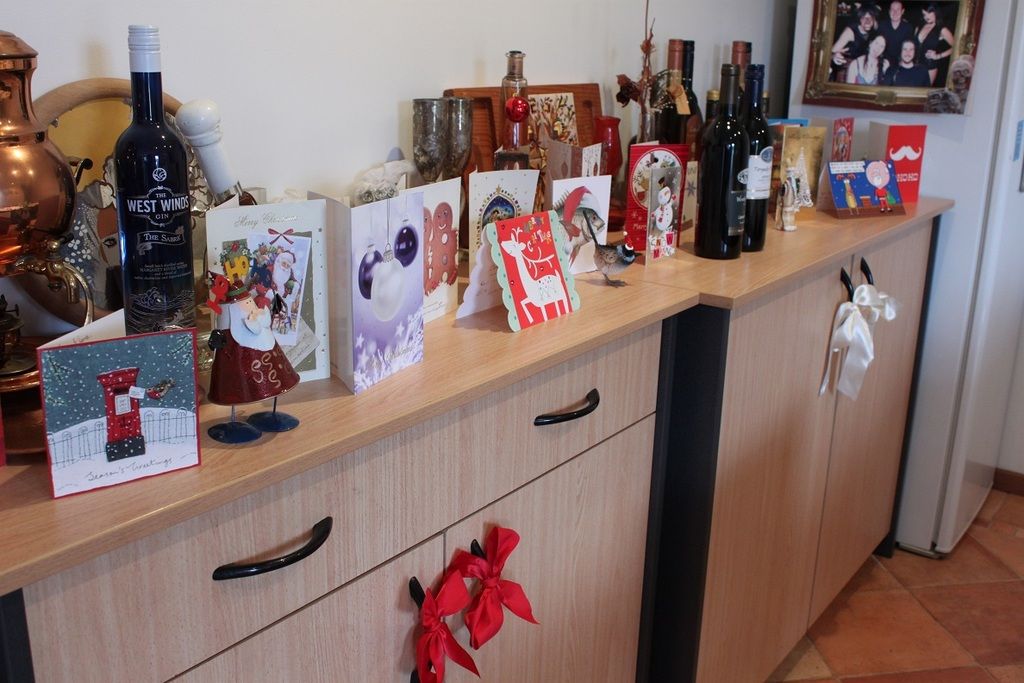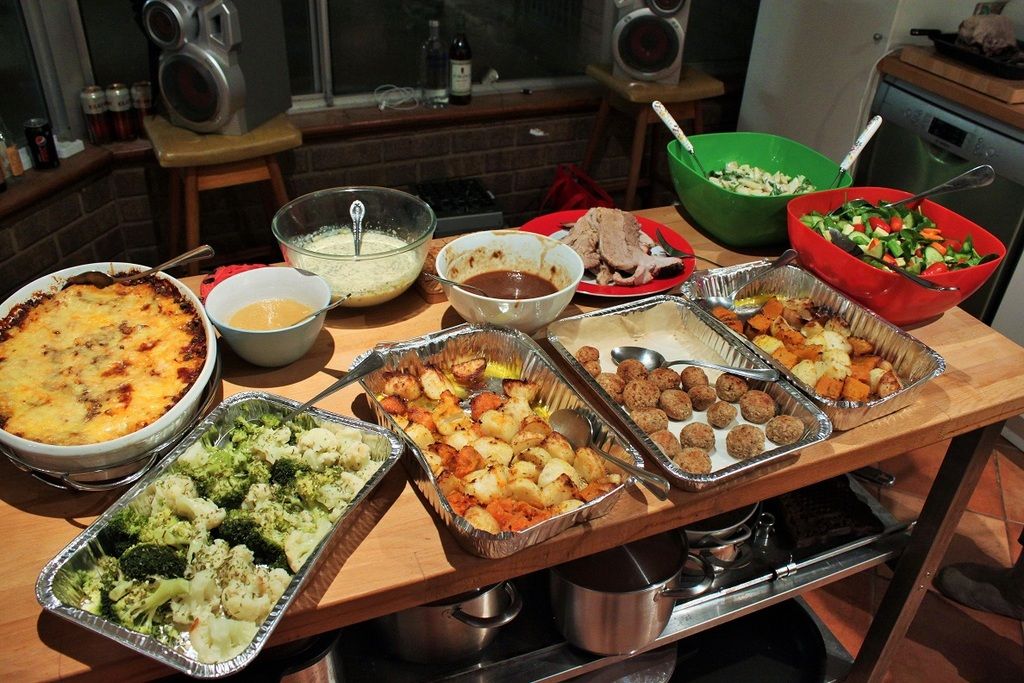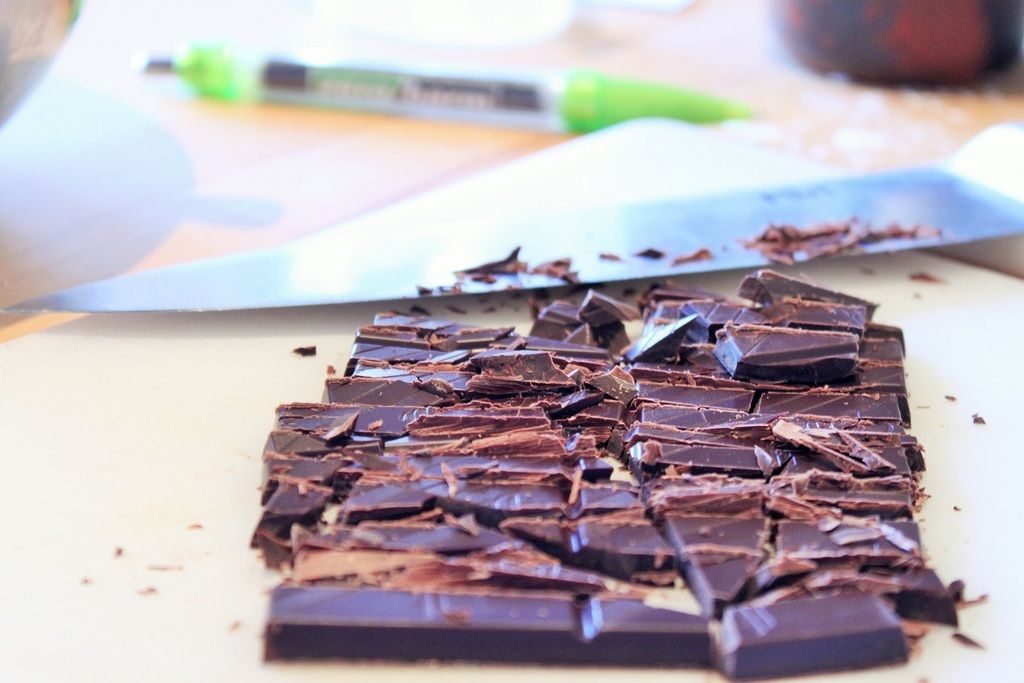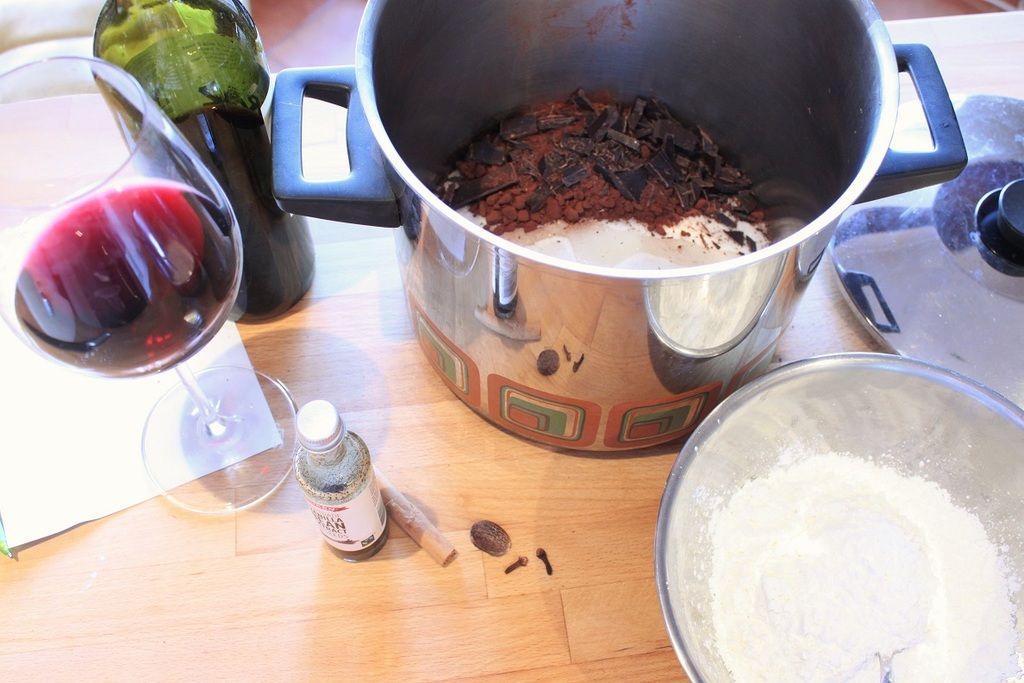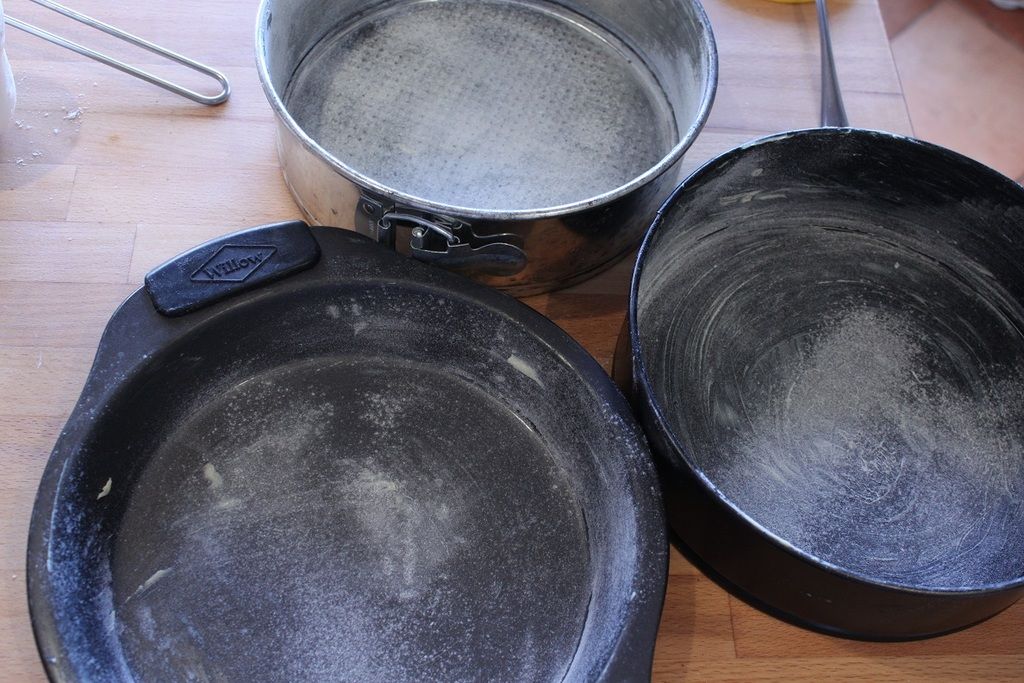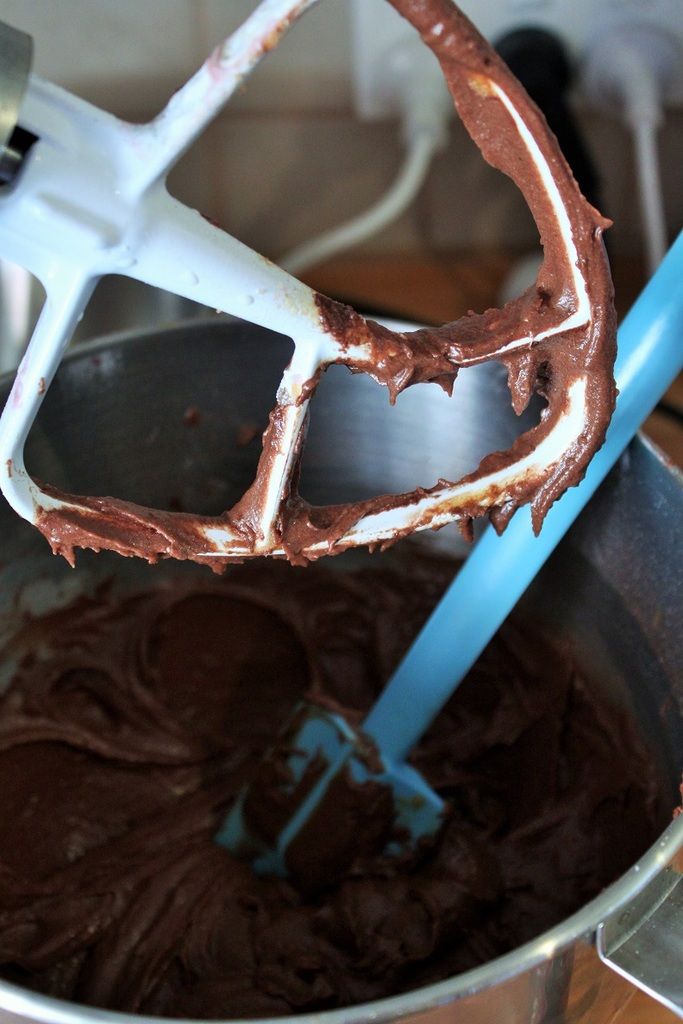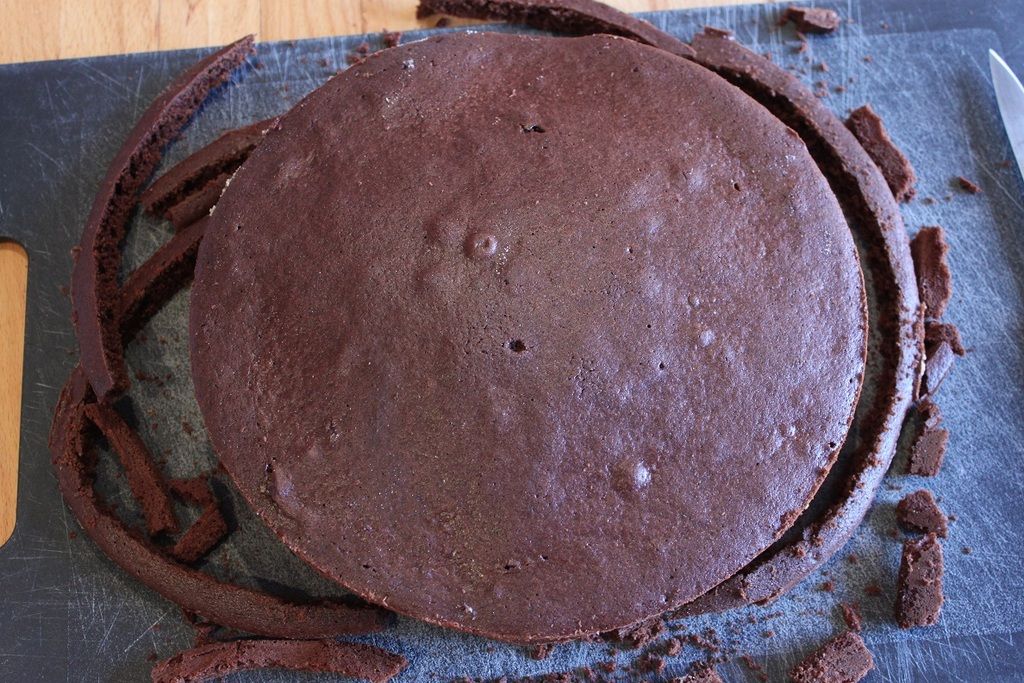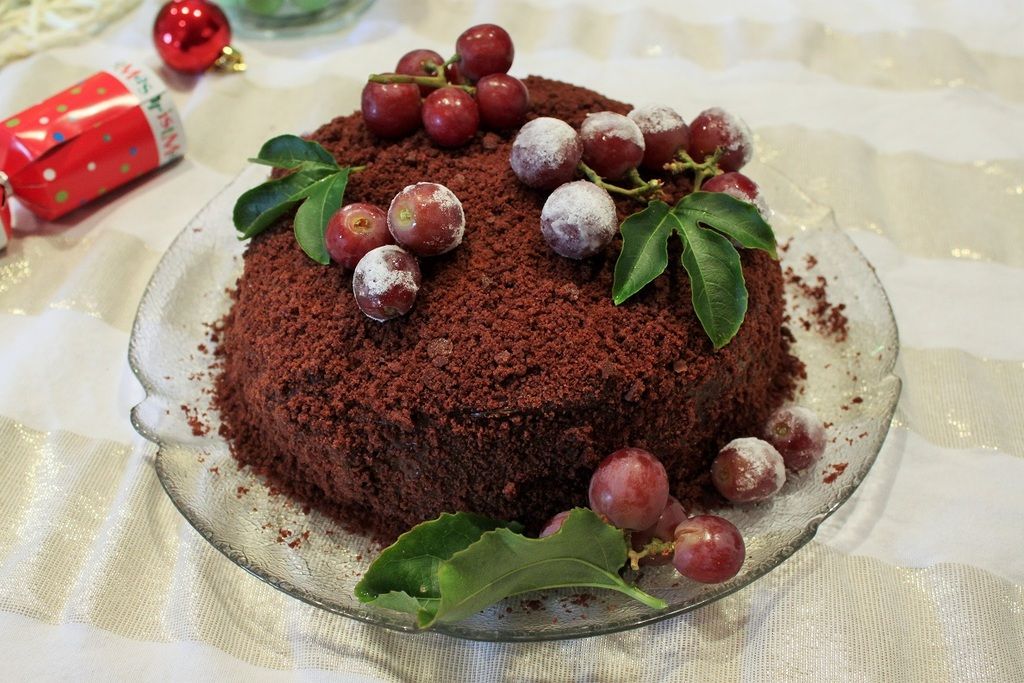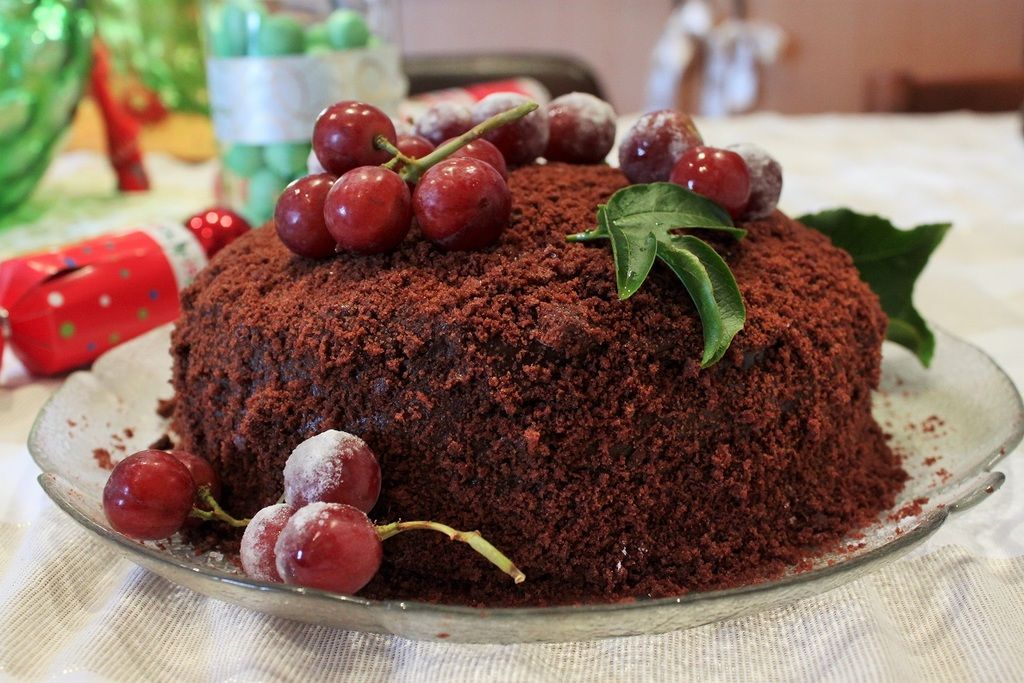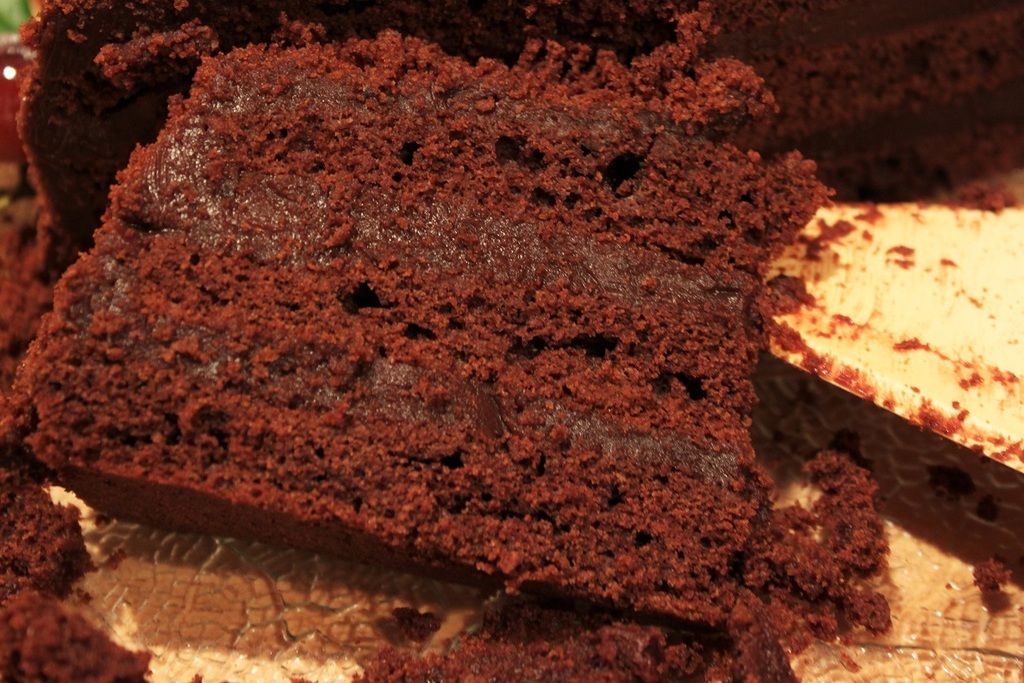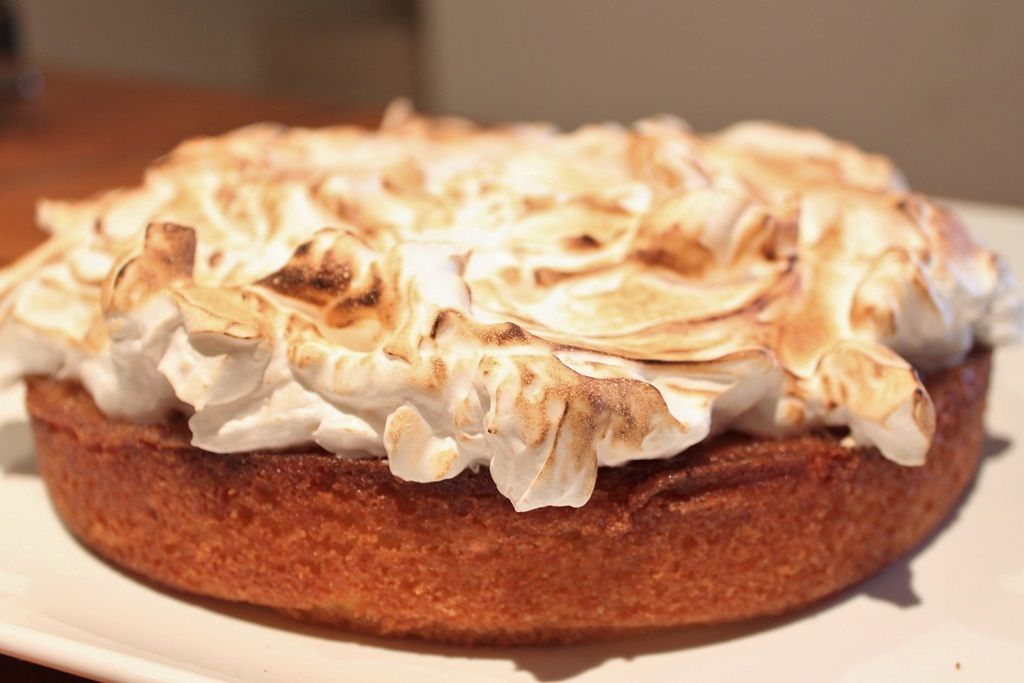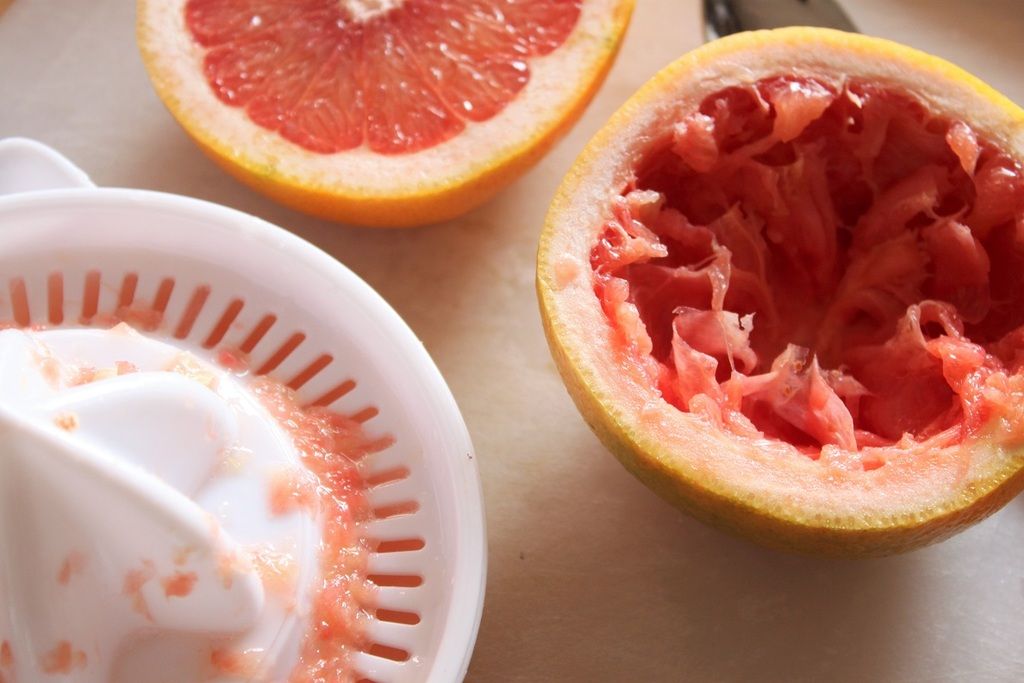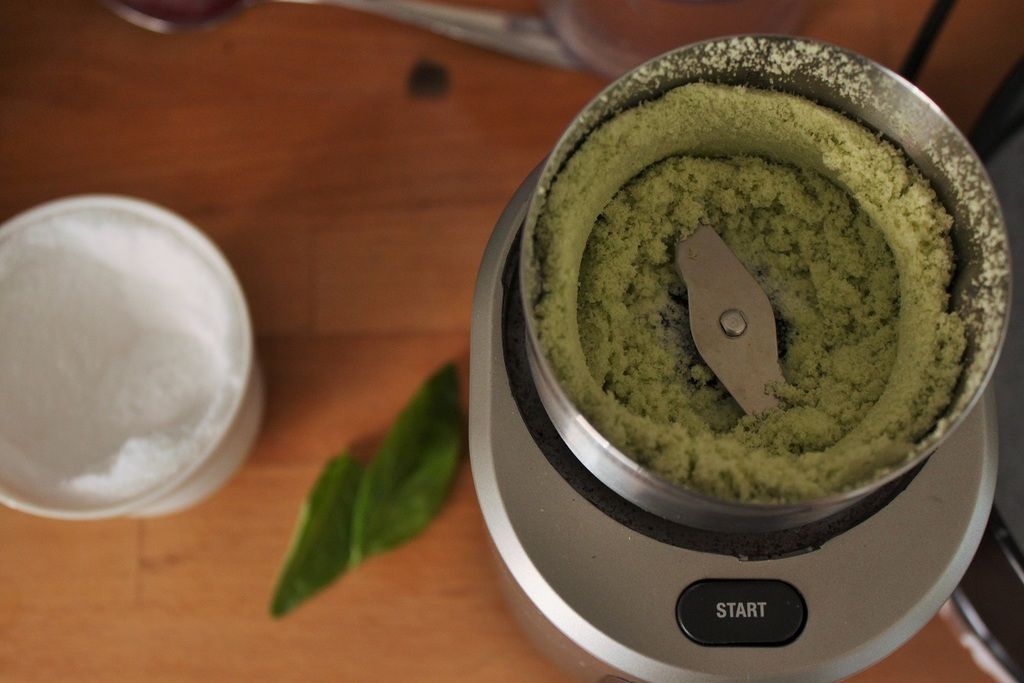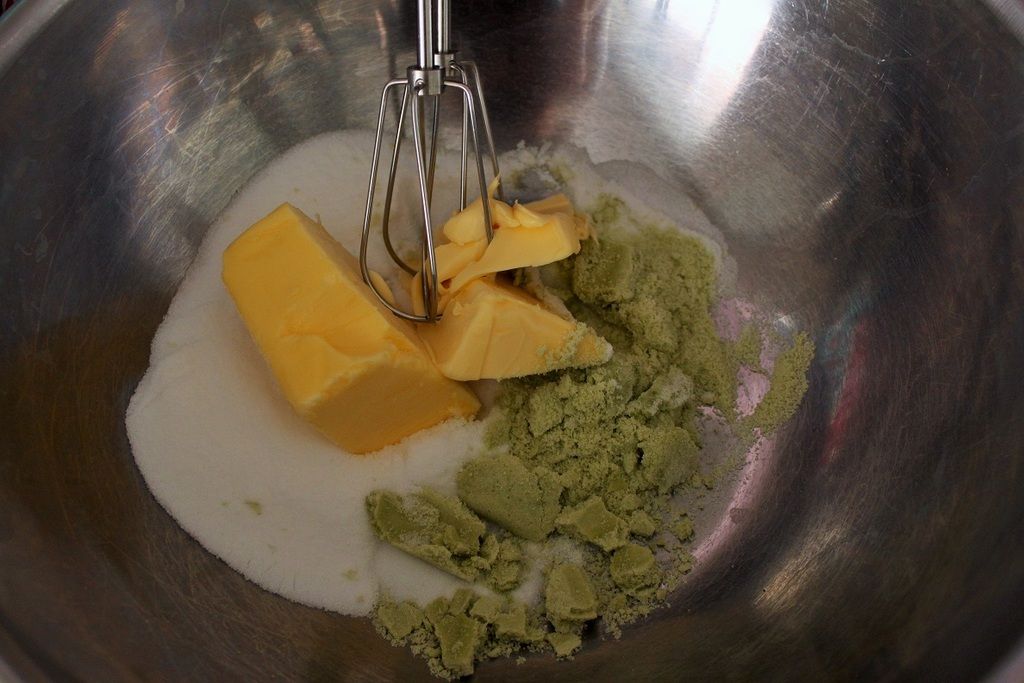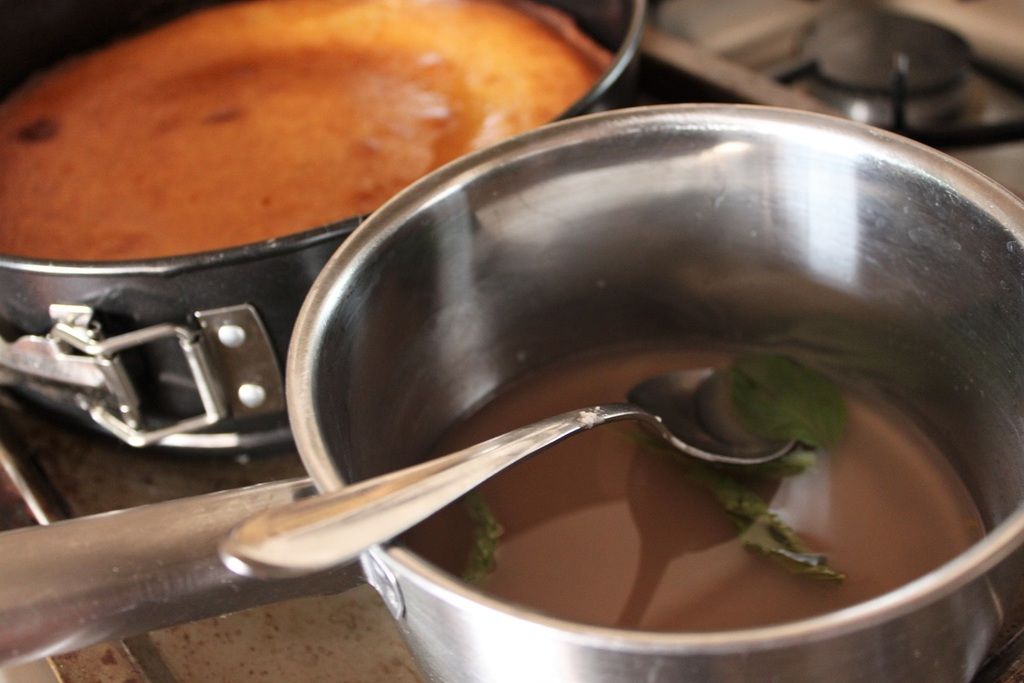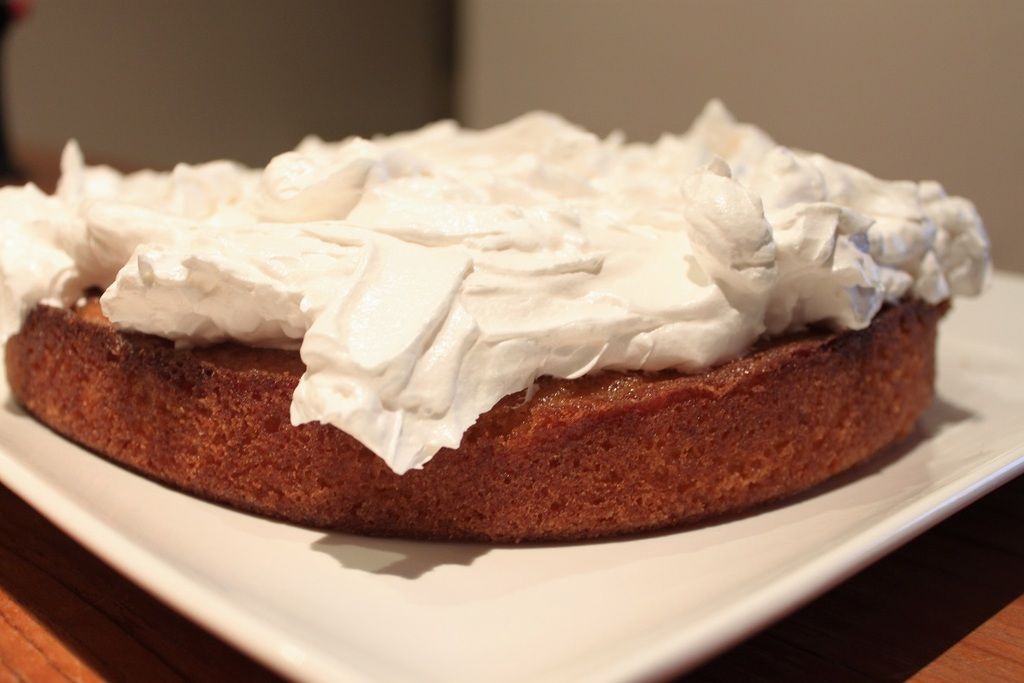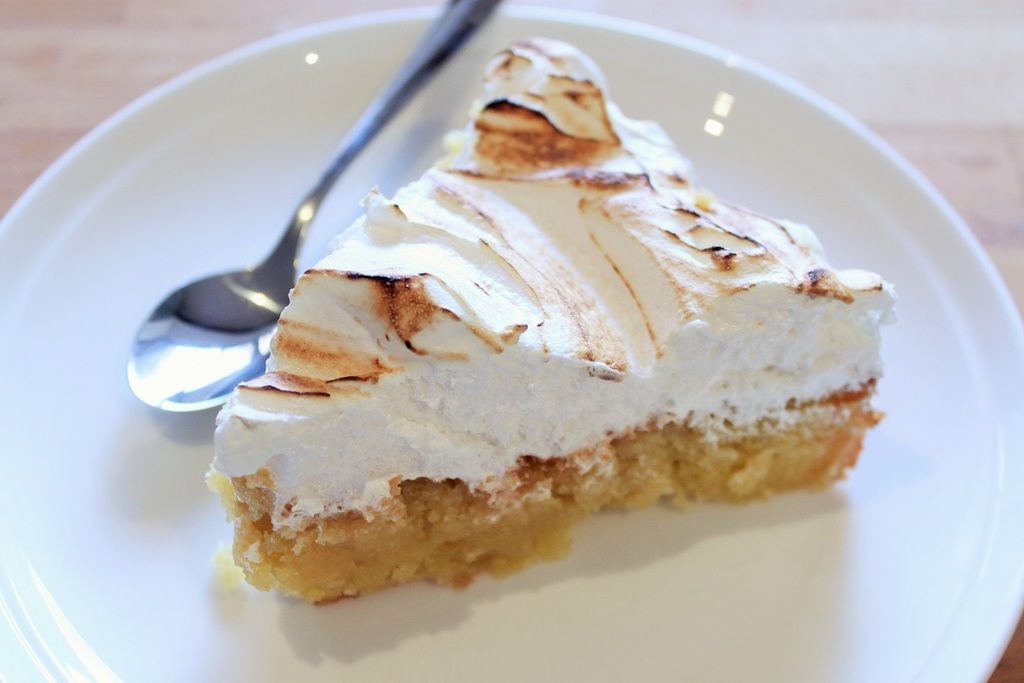As you may have gathered from the plethora of recipes that use it, or tales of my trips down to the Margaret River region, I’m a big fan of wine. Like most people, I started on sweet white wines before my palate developed and now I’m a solid red drinker, with forays back into white and rose usually weather dependent. (I loved seeing the hashtag #summerwater as a reference to rose over the Northern Summer. Such a cute name!) And whilst I really enjoy my wine, and I’ve reached a point where although I am fussy about drinking bad wines…I’m certainly no expert. So when Lance and I decided to host some wine tasting parties, I knew it would have to be a little bit different to the usual.
My first experience with wine tasting events was as a white
wine only drinker in my early 20s. There was a group at my workplace who met
after work once every few months with a wine seller who would bring wines to
taste and snacks to eat and we’d sample away. The more experienced wine
drinkers of the group would discuss all of the technical aspects of the wine –
the tannins, the length, the flavours. The two of us youngens would discuss the
wine in terms of how we’d drink it. This red feels like you’d be wearing a
smoking jacket, sitting in front of the fire. This white feels like a summer
lunch, flash-fried prawns and crispy greens. And that remains to this day the
way that I approach wine tasting at cellar doors, or just generally out and
about. That helped broaden my taste in wines and introduced me to the wonders
of reds.
I’ve spoken of my love of Cape Naturaliste Winery before.
Many times. One of the wines Lance and I fell in love with and bought on our
first trip here (on our honeymoon) was the 2008 Cabernet Sauvignon. We bought
(a few of) both the reserve and non-reserve and decided we would drink them
side-by-side to compare them. Then have a lovely meal to go with it. So into
the “cellar” it went, ready for that special occasion. Then we bought the 2010
Cab Sauv, so that one was going to become part of the tasting. And then we
bought the reserve and non-reserve 2011 Cabernet Sauvignon. 5 wines - all the
same, but different. That was going to require us enlisting some help to taste
and drink! A wine tasting party it was!
We decided to host it as a blind tasting. We put all of the
bottles in brown paper bags and numbered them at random. We’d taste them
blindly, making notes and then taste them again, knowing which one was which.
We had plain water crackers for cleansing the palate – you don’t want anything
with heavy flavours as a snack between wines or it will affect the taste.
The 5 of us at the tasting were all seasoned Cape
Naturaliste drinkers – we often take a little picnic and have a glass or two on
Jen’s balcony watching the vineyard – but none of us are wine experts. So the
tasting notes page Lance and I designed looked a little different. We had the
usual spaces for the flavours and smells we could discern. We even printed out
a little sheet with terms that might spurn on ideas. We had a little space for
the mouthfeel. Lance suggested we had a place for a breakdown of the drinking
process. What was the “first bite”, when you held it in your mouth, what it was
like to swallow, the aftertaste. These are all things that we have noted whilst
drinking that can greatly vary and influence your overall experience of a wine.
But the think that set ours apart was the experiential questions. Is it a food
wine? What would you eat with it? What’s the ideal day/occasion for it. Does it
evoke any particular memories?
Whilst it might be obvious because of how many shared
memories our group had with each other and with wine, I was still surprised at
how similar our experiential tasting notes were. One wine we all said
would be best drunk on a crisp afternoon down south “Luxury Fishing” (for
reference, luxury fishing is everyone with a line in the water in the river,
deck-chairs, a cheese platter and some wine while Lance baits our lines and
does all the other dirty jobs. I then handfeed him cheese crackers so his baity
grossness doesn’t mean he can’t eat). We also all imagined
eating with a variation of fresh bread, olive oil and dukkah. And although I was biased
because I knew what was coming, it didn’t stop 3 of us thinking that the same wine would go particularly well with sticky ribs.
We finished up the wine tasting with a DIY Hamburger lunch, then continued listening to music, chatting and finishing off the bottles. Basically just creating more shared wine memories for the next tasting day. Being a hostess-with-the-mostest, in our admittedly “happy” state by the end of the night, I made sure there was a good dinner. There were no photos by that point, but I previously slow-cooked some pork in the cherry ribs sauce (good thing we left the 2011 Reserve til last!!) and re-heated that and served it with some freshly steamed buns and cucumber and radish slices. This is such a good party option as all the hard work is done before-hand. We stood around the kitchen island and assembled them as each batch of buns came out of the steamer.
We've also used the same approach with three 2013 Sauvignon Blancs from the Margaret River region (Cape Naturaliste, Leeuwin Estate and Cullen) and one $5 2013 Sauvignon Blanc from South Australia and the cheap bottle was unquestionably the least liked.
Have you held a wine tasting party? I’d love to hear how you do it, or if you like our approach to it.
